May 04
The Long Fight Against New York's Police Brutality
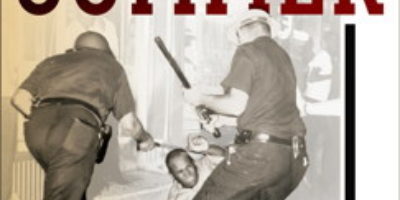
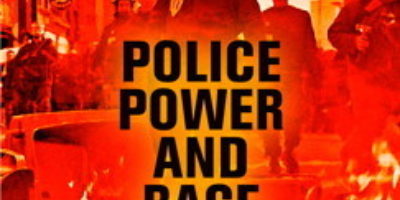
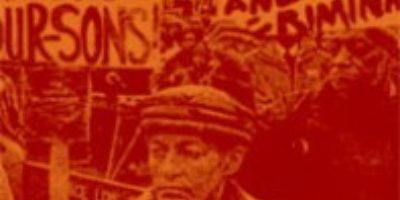
Description
What are the politics of police brutality in New York City and what leaders and movements have attempted to stop it? Why don’t police review boards stop police brutality? Clarence Taylor, Cathy Schneider, Michael Flamm, and Christopher Hayes discuss the latest research on the explosive issues that propelled the 1964 Harlem and Brooklyn uprisings and fuel urban unrest today.
Speakers
-
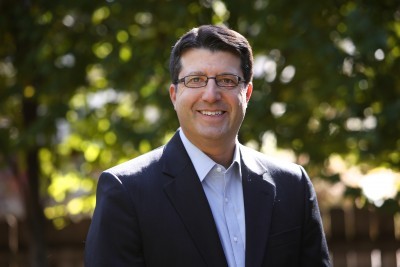
Michael Flamm
Ohio Wesleyan University
-
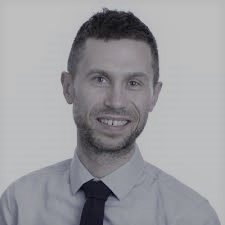
Christopher Hayes
Rutgers University
Chris is an historian of urban America in the 20th century. He earned a PhD in American history from Rutgers University, which is also his undergraduate alma mater. His book, The Harlem Uprising: Segregation and Inequality in Postwar New York City, documents growing racial inequality and segregation in the fifties and sixties, and the manifold ways Black New Yorkers organized against pervasive structural racism. Problems only worsened with time, and when a white police officer shot and killed a fifteen-year-old Black boy in 1964, pent-up fury exploded into the first of the urban rebellions of the 1960s. In the aftermath, a new mayor appointed civilians to review complaints against the police, which provoked a bitter, racially divisive and successful campaign from the police union and its conservative allies to destroy the board. This history, poorly known until now, provides a clear understanding of inequities in employment, education, housing, health and criminal justice that are very much still with us today. His teaching is primarily in labor history across time in America, with a focus on the development of the institutions and ideologies of race, class, gender, capitalism, industry and work.
-
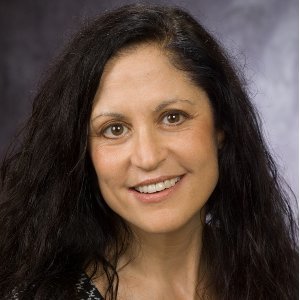
Cathy Schneider
American University
-
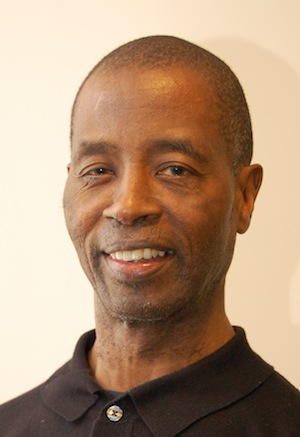
Clarence Taylor
Baruch College CUNY
Dr. Taylor was born and raised in Brooklyn, New York. He received his undergraduate degree from Brooklyn College, and his MA from New York University. Shortly after graduation from NYU, Taylor began teaching in the New York City public school system as a special education teacher. In 1984 Taylor left JHS 278 and became a social studies teacher at James Madison High School in Brooklyn. While teaching at James Madison, Clarence pursued his doctorate in history at Graduate School of the City University of New York.
In 1991, Clarence received his PhD in American history and began teaching at Le Moyne College in Syracuse, New York. Prof. Taylor’s research interests are the modern civil rights and black power movements, African-American religion, and the modern history of New York City. He is the author and editor of several books including, The Black Churches of Brooklyn from the 19th Century to the Civil Rights Era, Knocking At Our Own Door: Milton A. Galamison and the Struggle to Integrate New York City Schools, Black Religious Intellectuals: The Fight for Equality from Jim Crow to the 21st Century, Civil Rights in New York City: From World War II to the Giuliani Era, and Reds at the Blackboard: Communism, Civil Rights and the New York City Teachers Union.